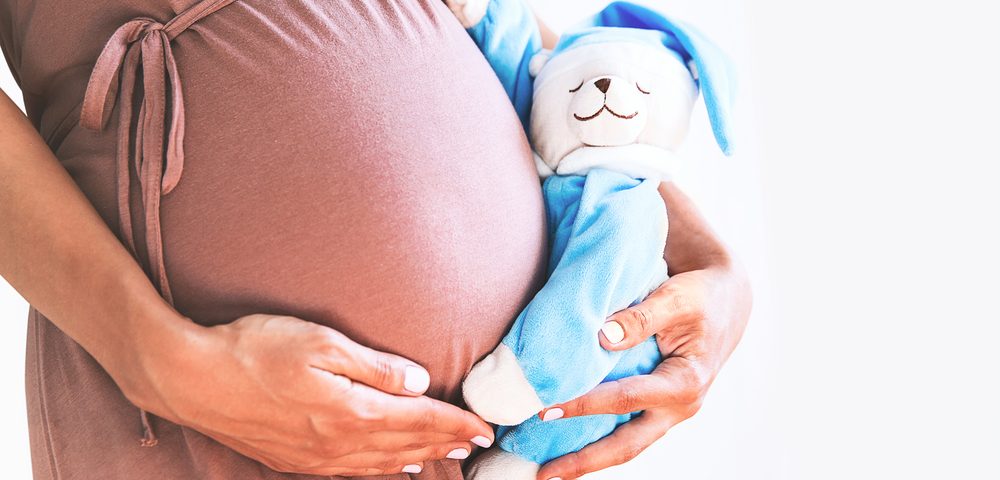Results of small clinical study support the potential of oral nolasiban to improve pregnancy and live-birth rates among women undergoing embryo transfer following in vitro fertilization (IVF), ObsEva announced.
These findings can be relevant to women with endometriosis, who often need reproductive assistance to conceive due to infertility problems linked to this disease.
New data shed light on the mechanism of action of nolasiban, demonstrating it can lessen uterine contractions and improve endometrial blood flow, two important conditions for uterine receptivity and embryo implantation.
Data also add support to the ongoing IMPLANT 4 trial (NCT03758885), which is evaluating nolasiban’s ability to improve pregnancy rates during IVF in up to 820 women at sites in Canada and across Europe. Based on results, a request for regulatory approval in Europe is planned for the end of the year.
“These highly unique and informative new data substantially expand our understanding of the potential mechanism of action of nolasiban in increasing the success of embryo implantation, a critical process in the achievement of pregnancy following IVF, which has not seen significant advances despite other notable achievements in the field.” Ernest Loumaye, CEO and co-founder of ObsEva said in a press release.
Nolasiban (previously known as OBE001), is an oral oxytocin receptor antagonist under development by ObsEva, which licensed it from Merck KGaA (known as EMD Serono in the U.S. and Canada).
The agent blocks the signals of the hormone oxytocin, which controls key aspects of the reproductive system, including childbirth and lactation. One of its central roles is to stimulate the regular contractions of the womb and abdominal muscles, and promote cervical dilation during labor.
Nolasiban is being explored owing to its potential to lessen contractions, improve uterine blood flow, and enhance the receptivity of the endometrium (uterine wall) to support an implanted embryo.
While a successful assisted reproduction leans on multiple factors, it ultimately relies on endometrial receptivity, which may be reduced by excessive uterine contractions and lower than normal blood flow to the uterus at the time of the embryo transfer.
In a pivotal study conducted across Europe — IMPLANT 2, a Phase 3 trial (NCT03081208) — the drug was shown to increase ongoing pregnancy and live birth rates in patients undergoing a single embryo transfer.
Results reported here refer to a much smaller trial, conducted in 42 healthy volunteers, ages 18 to 37, given hormonal treatment like that used in women undergoing IVF.
On the day corresponding to the fifth day after embryo transfer, these women received a single, oral dose of 900 mg nolasiban (the therapeutic dose), a higher 1800 mg dose, or matching placebo.
Analyses to understand nolasiban’s mechanism of action showed that, within 24 hours, a single dose ably yielded sustained effects, with a reduction in the frequency of uterine contractions and a durable increase in endometrial blood flow, as seen by ultrasound and 3D-power Doppler.
Moreover, tests done in biopsied uterine tissue demonstrated that a set of genes described as potentially important for embryo settling were ‘turned on’ (were more expressed) upon treatment with nolasiban.
According to ObsEva, these results represent the first demonstration of nolasiban’s mechanism of action, supporting its potential to improve pregnancy outcomes following IVF.
“We are extremely pleased to have observed the positive effects of nolasiban in reducing uterine contraction frequency, increasing endometrial blood flow, and driving specific changes in gene expression, which all support the potential to increase live birth rates following embryo transfer,” Loumaye said.
“These data are timely as we look forward to the upcoming results of our second nolasiban phase 3 trial, IMPLANT 4, and a submission of a Marketing Authorization Application (MAA) in Europe expected by the end of this year.”

